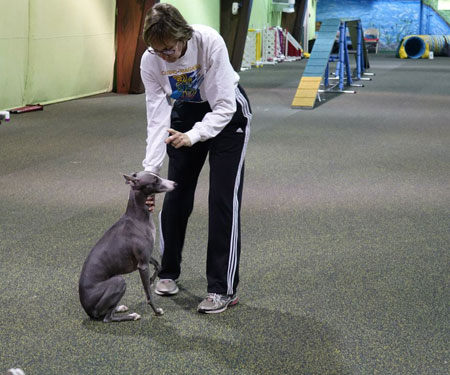Page 15 < previous page > <next page>
SOME HEALTH & SCIENCE NEWS
Hemopet is currently giving a 10% discount on Distemper and Parvovirus titers until September 7, 2015.
It is Dr. Dodds' suggestion that dogs should be titer tested for distemper and parvovirus every three years to ensure immunity is maintained against these viruses.
Hemopet will run the test and based on your dog’s age and breed, and will provide you with suggestions as to if your dog should receive a booster shot, or not.
|
CORTISOL LEVELS DURING AGILITY COMPETITION Patty Ewing - Here's an interesting article just published about CORTISOL LEVELS DURING AGILITY COMPETITION in the Physiology & Behavior journal shared with me by our awesome behaviorist Terri Bright: Evidence for a synchronization of hormonal states between humans and dogs during competition. We examined human–dog interactions and hormonal changes during competition. Abstract: These findings suggest that changes in the hormonal stateswere reflected between humans and their
|
|
NEW! Canine influenza is a viral disease that causes symptoms similar to those experienced by humans with flu,including cough, sneezing, lethargy, fever, and discharge from the nose and eyes. There are two known influenza viruses that can infect dogs in the United States. Is there a vaccine for canine influenza? There is vaccine available in the US for H3N8 influenza, but not for H3N2. Although both strains of canine influenza are H3 viruses and share some traits incommon, the antigens of H3N2 are different from the H3N8 virus strain, so the H3N8 vaccine may not provide protection against the H3N2 virus. H3N8 H3N2 |
